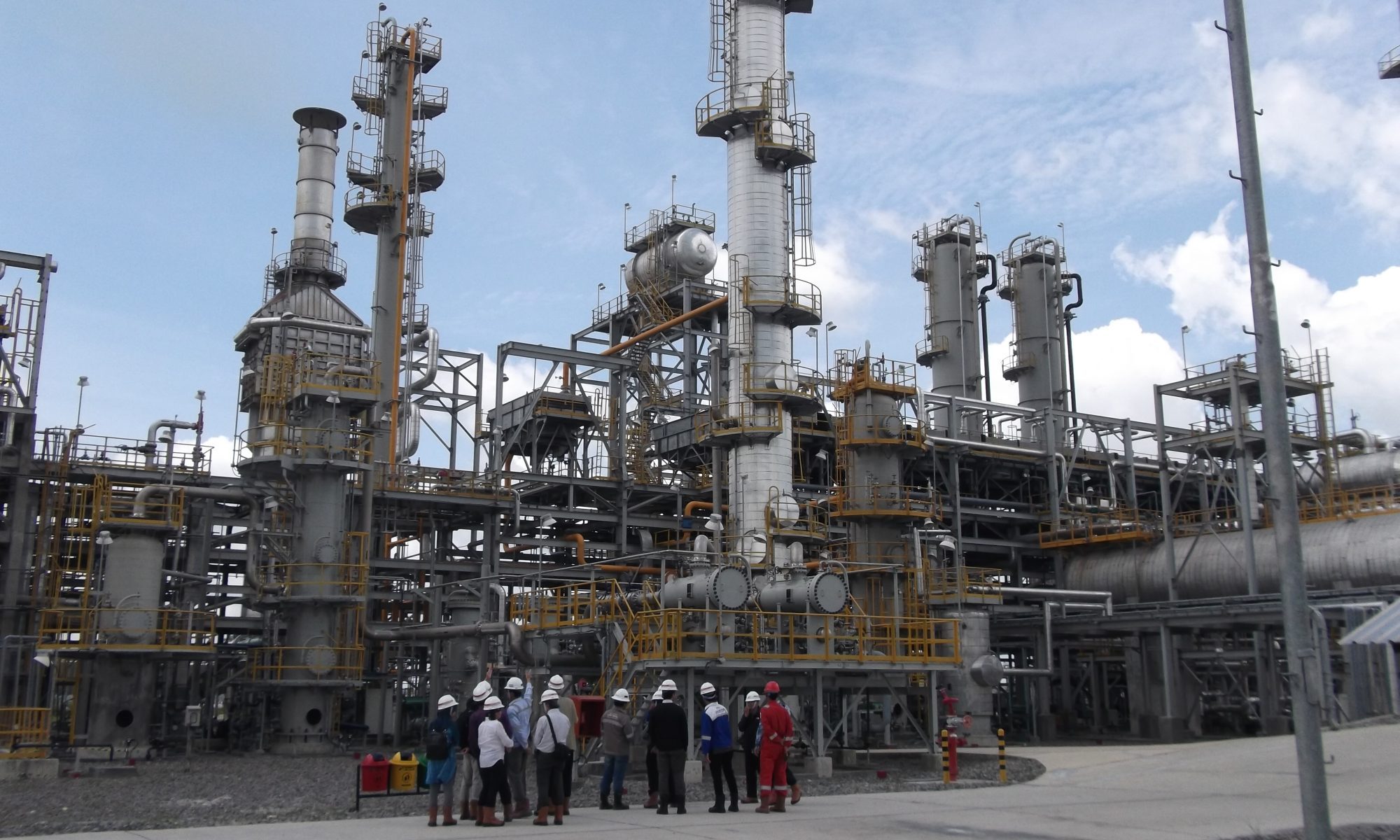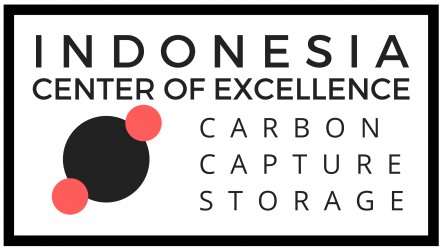Researches related to CO2 capture and associated processes have been conducted by the members of the COE’s participating institutions include:
- Development of solvent absorption for CO2 capture
CO2 absorption, particularly using amine solvents, is the most widely used technology in commercial CO2 separation applications. Research conducted in this area includes the evaluation of solvent performance (such as solvent loading and selectivity), the development of novel solvents, and also the evaluation of solvent degradation.
- Development of membrane-based technologies for CO2 separation
Carbon capture using membrane-based technologies has main advantages of low cost, low energy requirement, flexible operation, and modularity. Selective membranes for CO2 capture have been widely developed for a long time. Even so, many improvements are still required to achieve high performance of gas separation using membrane, i.e. producing a high CO2 rate, as well as improving selectivity and durability of the membrane. There have been efforts in the field of membrane development in order to achieve such membrane improvements. One of the options of novel membrane-based technologies is gas–liquid membrane contactor. This technology exploits the benefits of both conventional gas absorption and membrane separation. Further information regarding the membrane technology for CO2 separation that has been developed, such as polysufonate membrane and hollow fiber membrane contactor, can be found in the following link.
- Development of adsorption process for CO2 and H2S capture
Physical adsorption process has gained considerable attention as an alternative of the current most used method (absorption using amine solvents). One example of the research that focuses on adsorption is the development of novel adsorbent for H2S separation from natural gas. This adsorbent (PIMIR B-1) is based on iron oxide, and has excellent performance (Indonesian Patent ID P 00230009).

